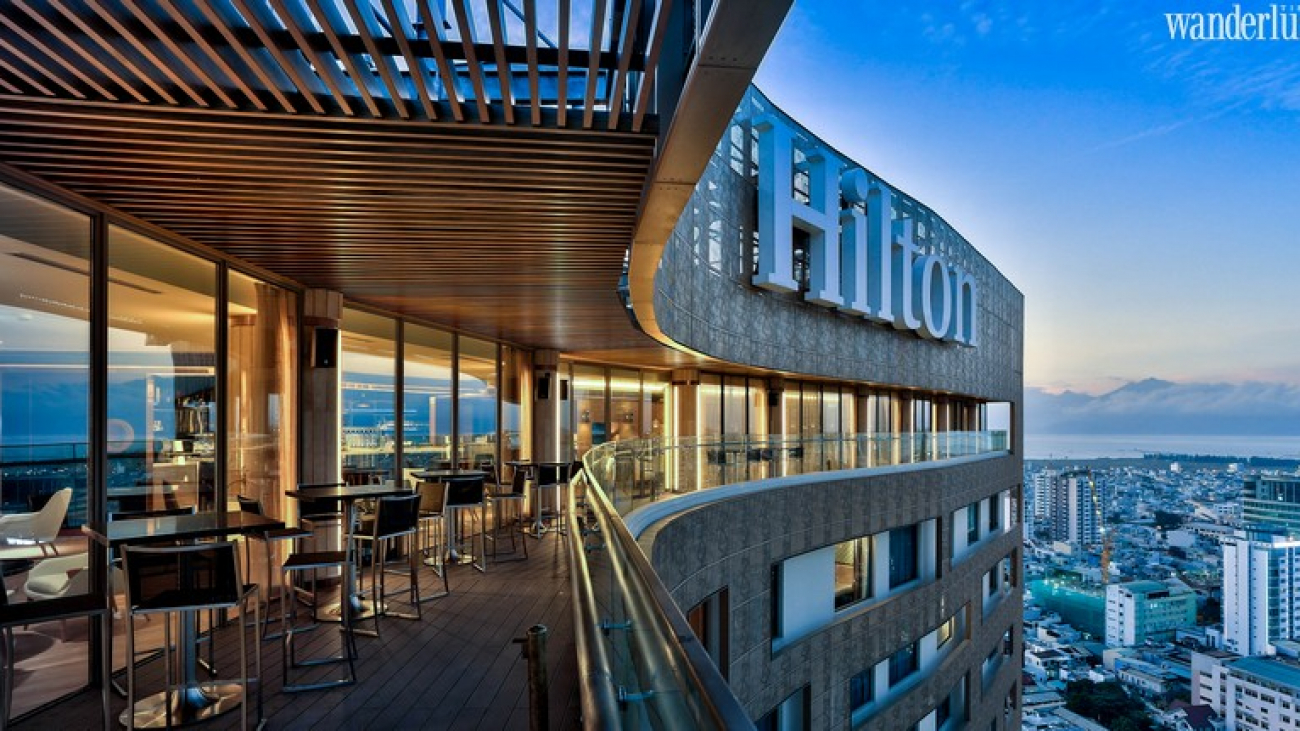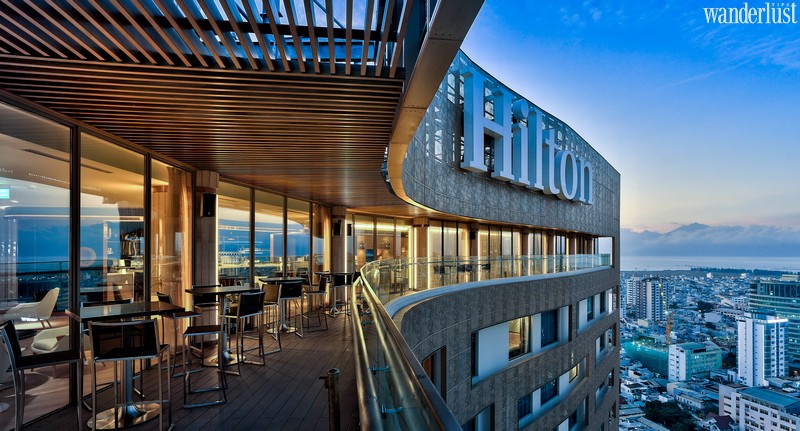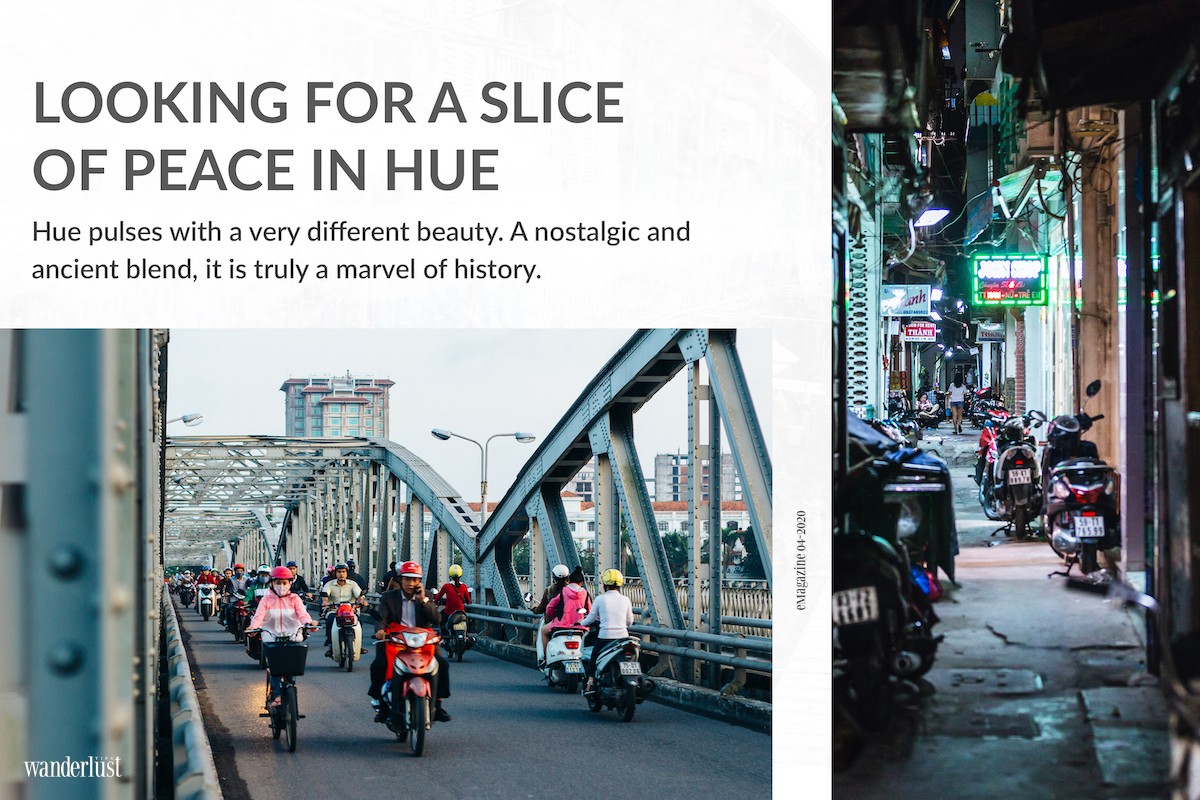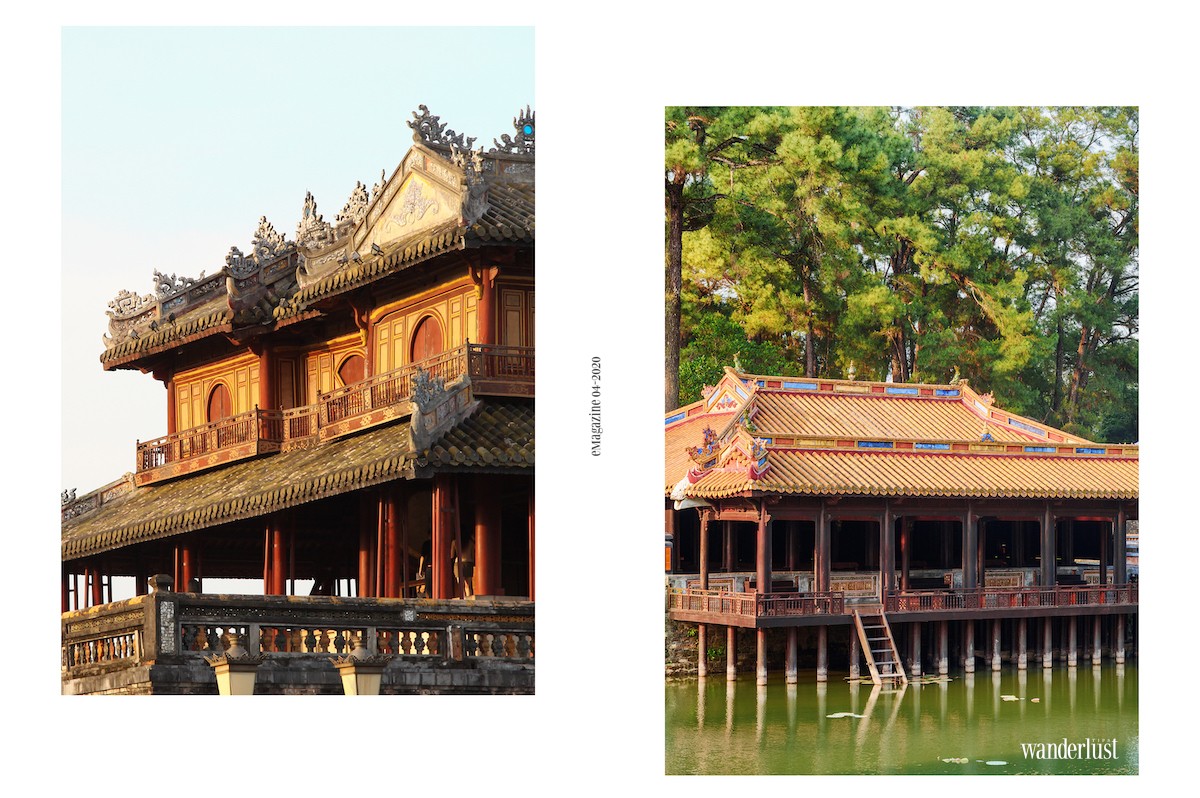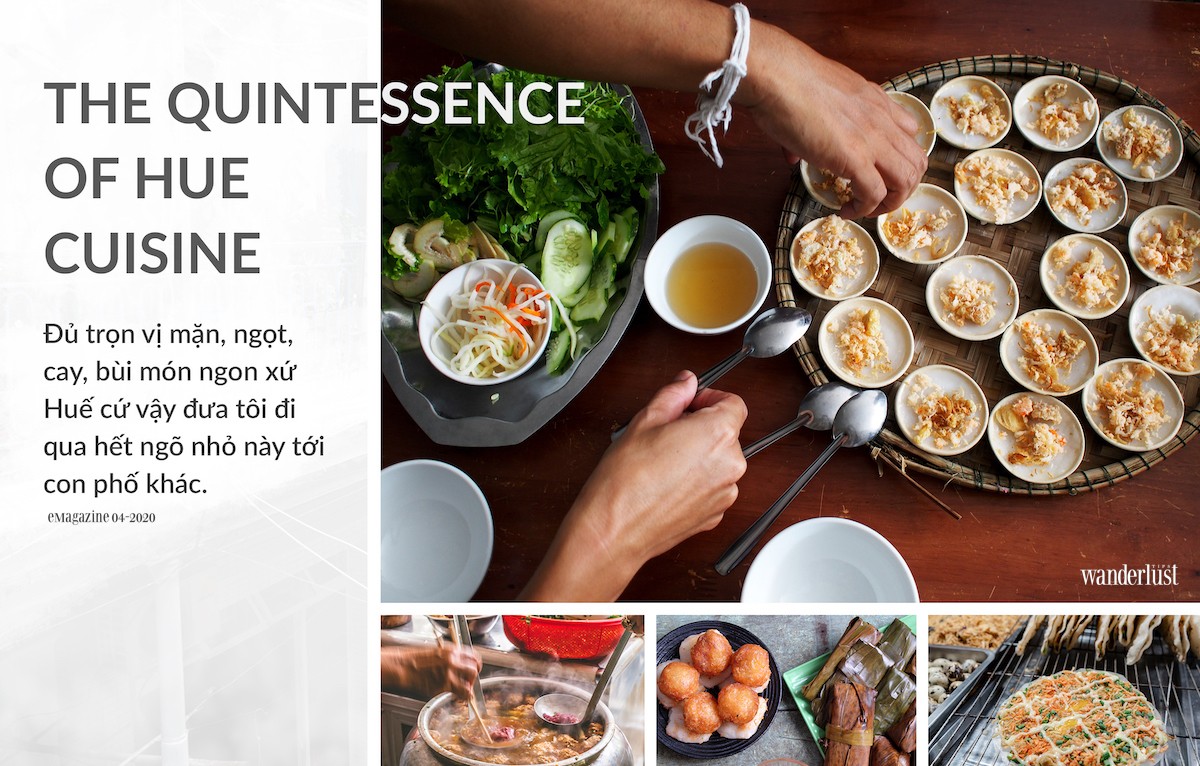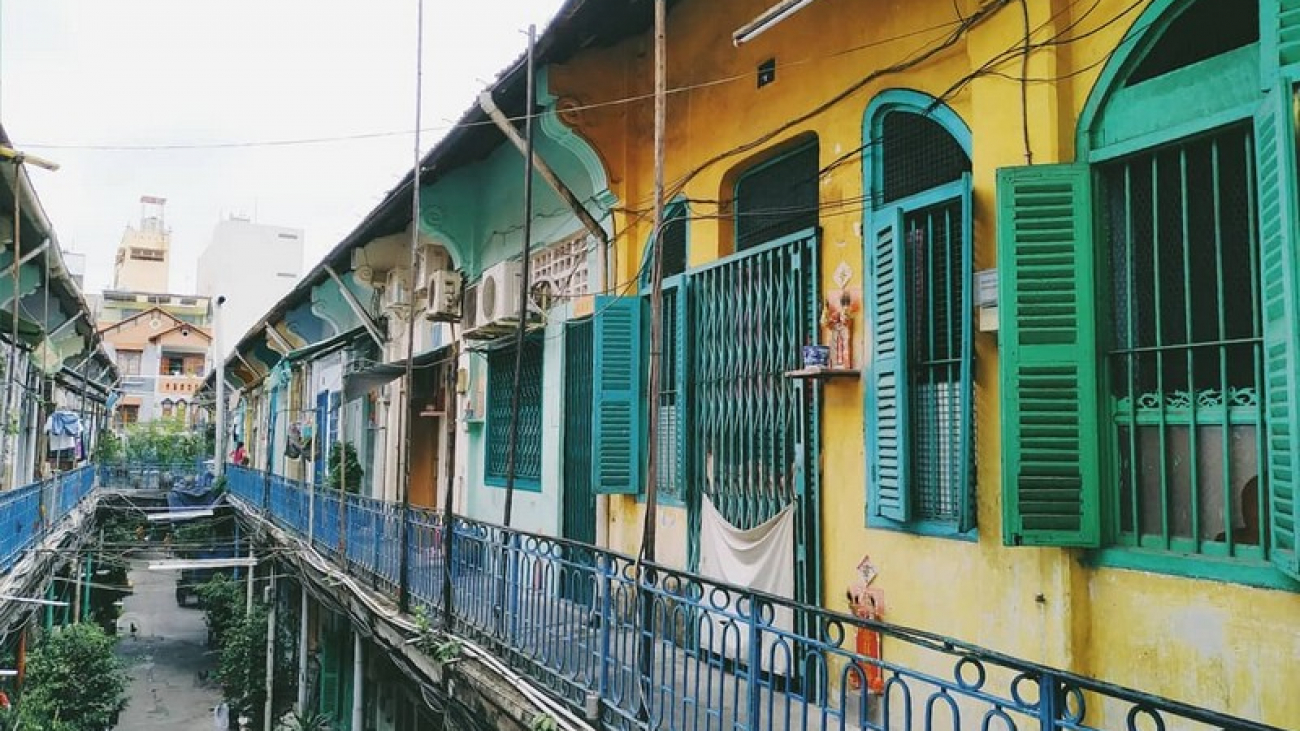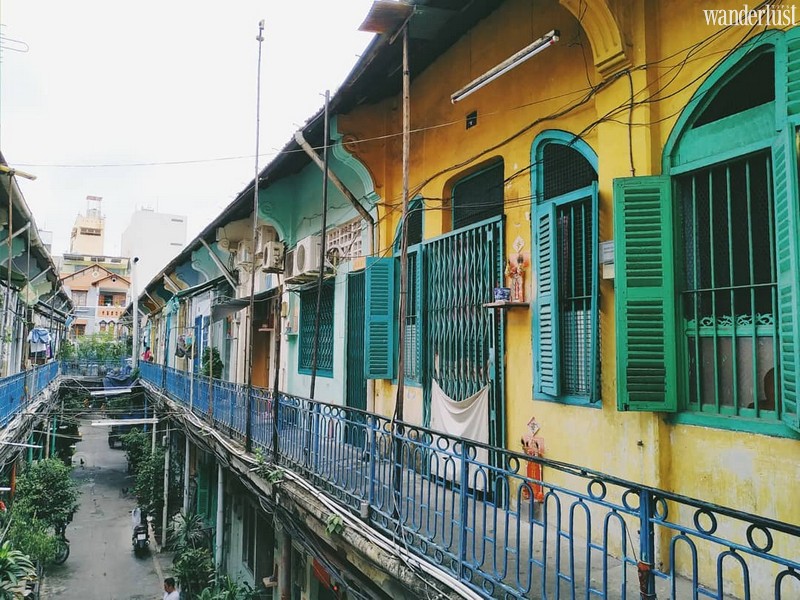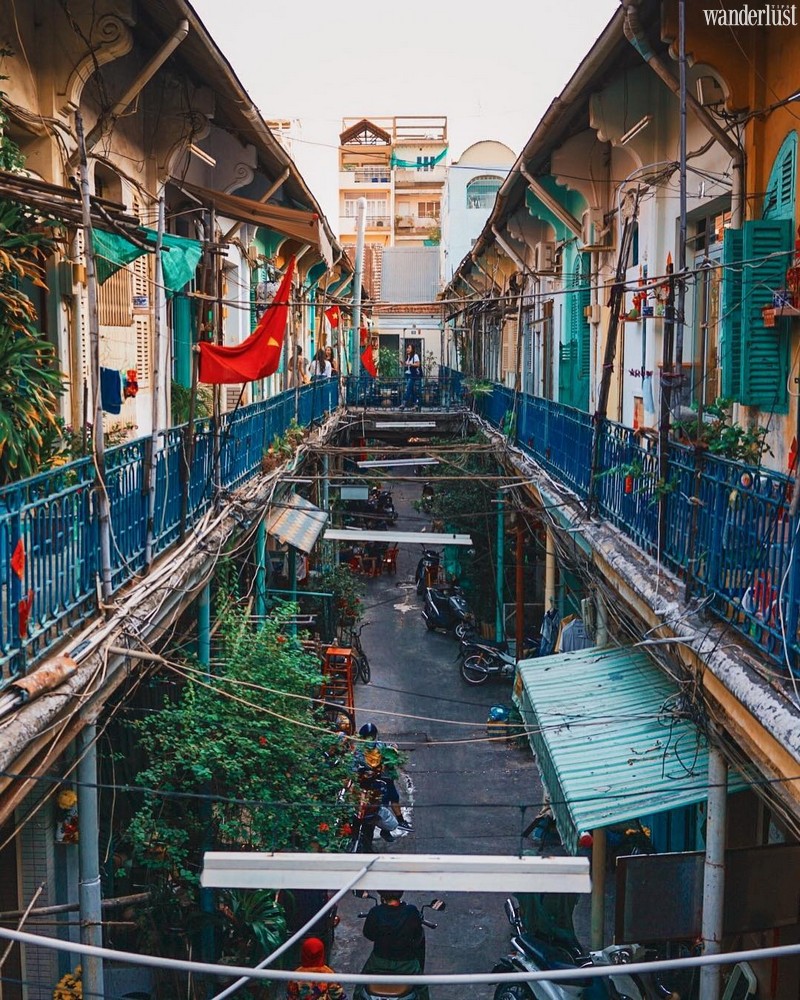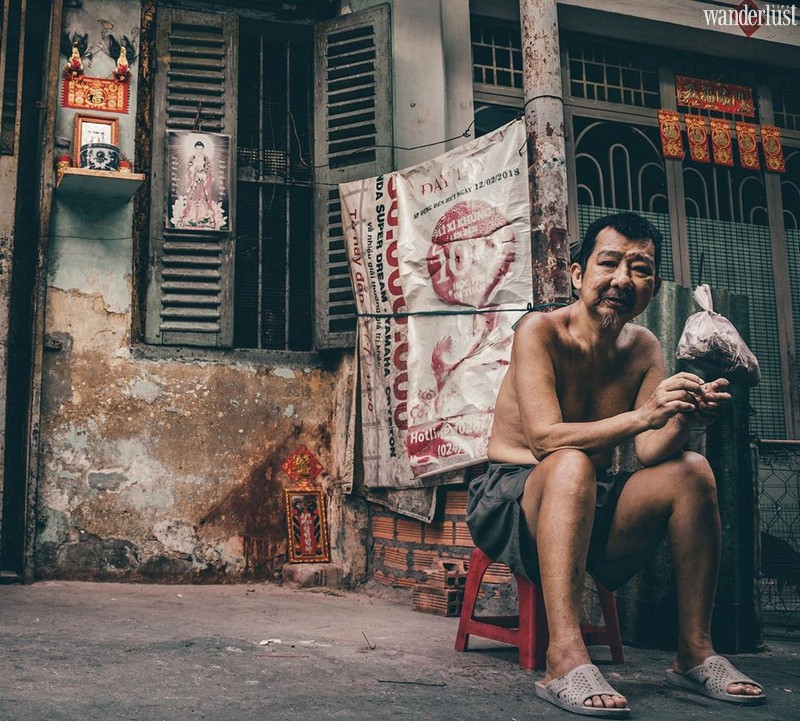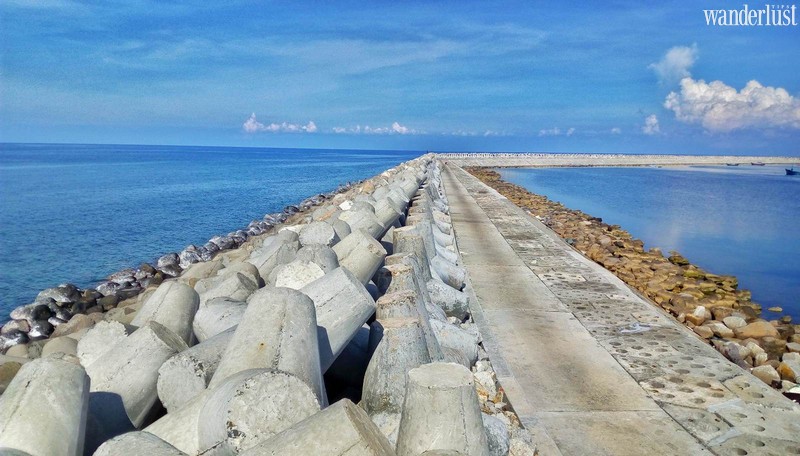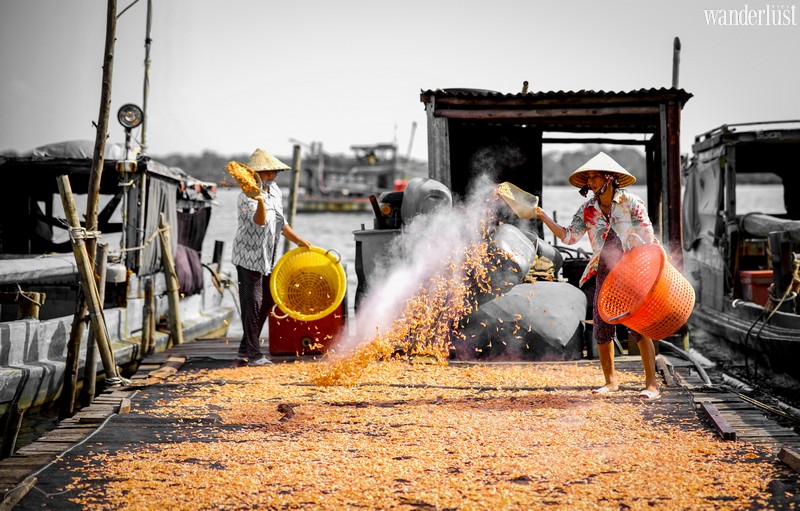There is nothing more wonderful than standing at the foot of the majestic heaven gates and casting your eyes over staggering natural landscapes. Take a visit to the best heaven gates in Vietnam and a sense of excitement and admiration will definitely fill your heart.
[rpi]
LINH QUY PHAP AN PAGODA – A GATEWAY TO HEAVEN ON EARTH
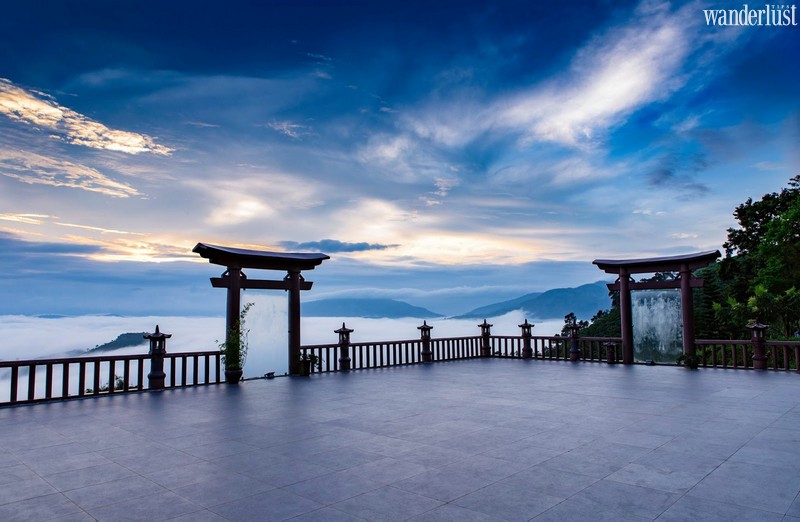
Situated upon a forested hill in Bao Lam District, Bao Loc City, Lam Dong Province, Linh Quy Phap An Pagoda is out of this world. The heaven gate intrigues both locals and travellers due to its unprecedented fairy-tale beauty. Looking out over the natural surroundings, you will be mesmerised by the glowing green of the spectacular mountains dappled in fluffy white clouds and sparkling sunshine. Stroll around the spacious courtyard, catch sight of the green velvet hill and rejuvenate your spirit. Please note you should dress appropriately.
FANSIPAN PEAK – DISCOVER THE HEAVEN GATE TO SA PA

When thinking of popular tourist destinations in Sa Pa, Fansipan Mountain – the roof of Indochina – always springs to mind. Standing at the Fansipan Peak in Sa Pa, you can get a bird’s-eye view of the breathtaking landscapes, for instance, you can see lush green mountains, creamy-white clouds, alluring terraced fields endlessly stretching to the horizon and quaint thatched cottages. The picture-postcard heaven gate adds a sense of magnificence and uniqueness to Fansipan Peak. If you are an avid photographer, then Fansipan Peak should be added to your travel bucket list.
MARVEL AT SUNSET SANATO BEACH CLUB, PHU QUOC

Another heaven gate in Vietnam is located at Sunset Sanato Beach Club, Bai Truong, Phu Quoc. This location fascinates youngsters with its epic beauty and eclectic ambience. The concrete heaven gate resembles a statue in the shape of a human face divided into two halves with a gap in between. Looking out over the gentle coastline glittering brilliantly under the sunshine, a sense of serenity fills your heart. With such a unique architecture, the heaven gate has become the most-visited destination in Phu Quoc, Vietnam.
RETREAT TO HEAVEN AT NGHINH PHONG CAPE

When travelling to Nghinh Phong Cape, you will certainly be impressed by the colour of the seawater, the gentle waves and the endless stretch of smooth white sand. Located on Ha Long Street in Vung Tau, Nghinh Phong Cape paints a vibrant natural picture with a variety of glamorous walls and aquamarine waters. If you are dreaming of snapping Instagrammable photos whilst taking a relaxing holiday, Nghinh Phong Cape will satisfy your cosmopolitan passion.
TRI TON – THE UNIQUE HEAVEN GATE IN AN GIANG

Photo: Internet
Situated in Chau Lang Commune, Tri Ton District, An Giang Province, Tri Ton heaven gate is an excellent masterpiece of architecture created by the ancient Khmer people. This place is so splendid that many travellers have given it an array of beautiful names such as An Giang heaven gate and the heaven gate of time. Perched on a vast rice field, the heaven gate impresses people with its eye-popping colours and elaborate architecture, making it a valuable cultural spot in the locality. Additionally, you will be captivated by its tranquil countryside beauty, winding village roads and shady greenery.
Wanderlust Tips | Cinet



